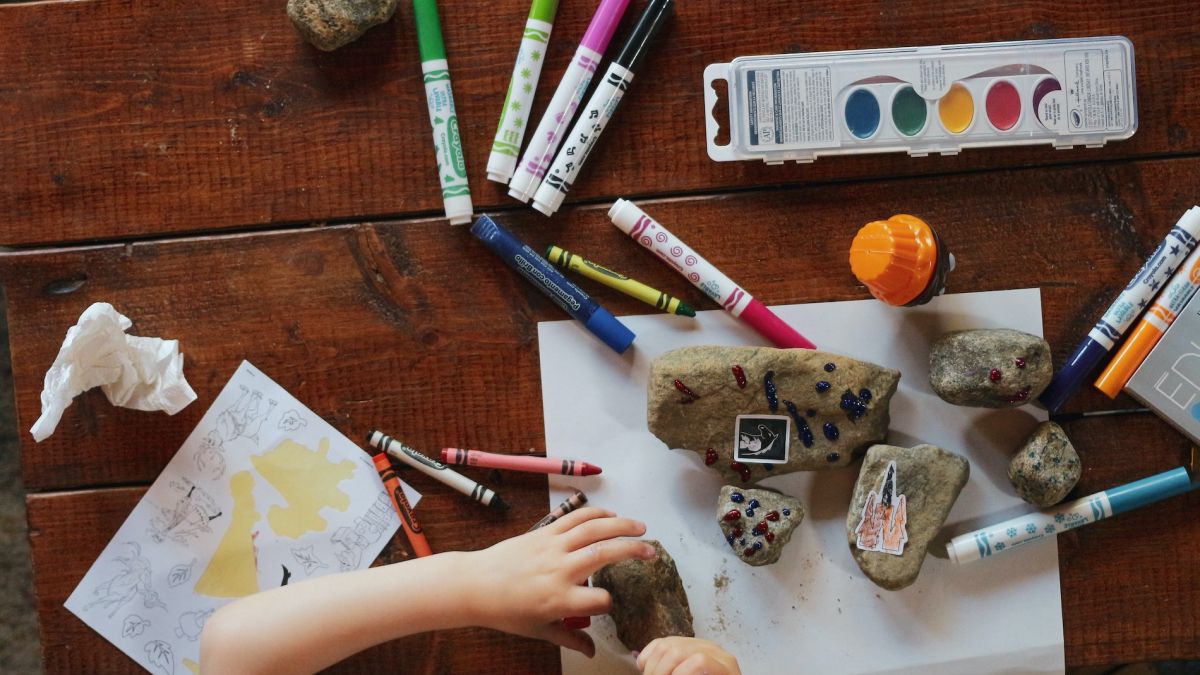Outcomes measure a program’s reach and impact. Environmental education programs address many types of outcomes. There is no single “right” outcome. The best outcomes are the ones that align with your project goals. You may develop multiple outcomes for a single program. You may also use multiple methods to measure progress toward complex outcomes.
The following list of outcomes was curated by practitioners, researchers, and evaluators with eeVAL values and processes in mind. Consider how the definitions should be customized for your context, partners, participants, and community. Remember this list is not all encompassing, but a starting point. We encourage you to share what you learn with the eeVAL community.
Examples of EE Outcomes
Sense of Place describes the connections that people feel with a local place or habitat, or their identity with a particular geography.
Connection to Nature describes how participants connect deeply, experience, appreciate, and identify with nature. It defines how people identify with and form relationships with nature.
Tools for Connection to Nature
Environmental Knowledge assesses participant's environmental thinking, knowledge, and skills including awareness about the environment and environmental problems, and how to solve those problems. It may include systems knowledge: knowledge about ecosystem processes; actions or behaviors to address environmental problems.
Tools for Environmental Knowledge
Environmental Literacy is closely connected to environmental knowledge and includes attitudes and behaviors. It describes someone who makes informed decisions concerning the environment and is willing to act to improve the well-being of other individuals, societies, and the global environment; and participates in civic life
Tools for Environmental Literacy
Environmental Attitudes describes how learners care about the environment. These attitudes are the product of positive and negative judgments about what learners believe is true. Be careful to distinguish attitudes from values. Environmental values are broader and deeper than attitudes and are often culturally-determined guiding principles. Values are not easily changed with educational programs and are rarely an objective or outcome.
Tools for Environmental Attitudes
Environmental Behaviors assess participant's actions towards solving an environmental issue or problem, such as influencing participants' purchase of single-use plastics. For behaviors that are in the future or difficult to observe, you can measure intention, which is typically a form of self-reported data.
Tools for Environmental Behaviors
Environmental Actions describe Intentional civic actions that address systemic causes of environmental issues and promote environmental sustainability often through collective or community effort. This includes low-level participatory civic action such as becoming informed, as well as high-level leadership actions such as organizing an event or running for office. It is important to identify collective actions at the community level since so many environmental problems are anchored in society.
Positive Youth Development may include youth’s self-efficacy, pro-social norms, meaningful relationships, and social and moral competence. Researchers have identified 5 C’s of positive youth development: competence, confidence, connection, character, and caring. With these skills, youth are more likely to contribute to the community and civil society, thus developing the sixth C, which is contribution.
Tools for Positive Youth Development
21st Century Skills are aligned with positive youth development for assessing youth participants. They include systems thinking, critical thinking, problem-solving, and group process skills.
Efficacy can describe either self efficacy or collective efficacy. In self-efficacy, the focus is on the individual's belief in their ability to succeed or accomplish a task. In collective efficacy, the focus is on a group’s belief that they can succeed and accomplish a task, or that the group has the capacity to succeed.
Long-Term Community Changes focus on the community. They may be ecosystem changes, such as improving water quality or wildlife habitat, or changes associated with environmental action, community resilience, or environmental justice.
Tools for Community Change (coming soon!)
Engagement measures how interested people are in an activity or general topics, such as science or science careers.
Process Level Outcomes examine key components of your program’s design, such as activities, instructional materials, sites and facilities, and staff recruitment and training. Measuring these outcomes can help you consider how to make your programs more culturally relevant, improve the diversity of your staff or volunteer base, or reach a broader community.
Image

Methods Library
Explore methods for collecting information used by environmental education practitioners and evaluators. Consider them to inspire customized approaches and goals best suited to your program’s unique context.
Key Resources
Consult these resources that support Program Design:
- Learning for Action’s Environmental Education Better Results Toolkit | Create Your Theory of Change Phase 1: Articulating Your Program Model and Theory of Change — Learning for Action
- The Urban Institute’s Building Evaluation Capacity, Constructing a Logic Model (pp.7-8)
- Foundation of Success’s Using Results Chains to Improve Strategy Effectiveness: An FOS How-To Guide.
- The W.K. Kellogg Foundation’s Practice Guide on Doing Evaluation in Service of Racial Equity: Diagnose Biases and Systems (2021). See Development of a theory of change, logic model and measurement framework that amplify racial equity.